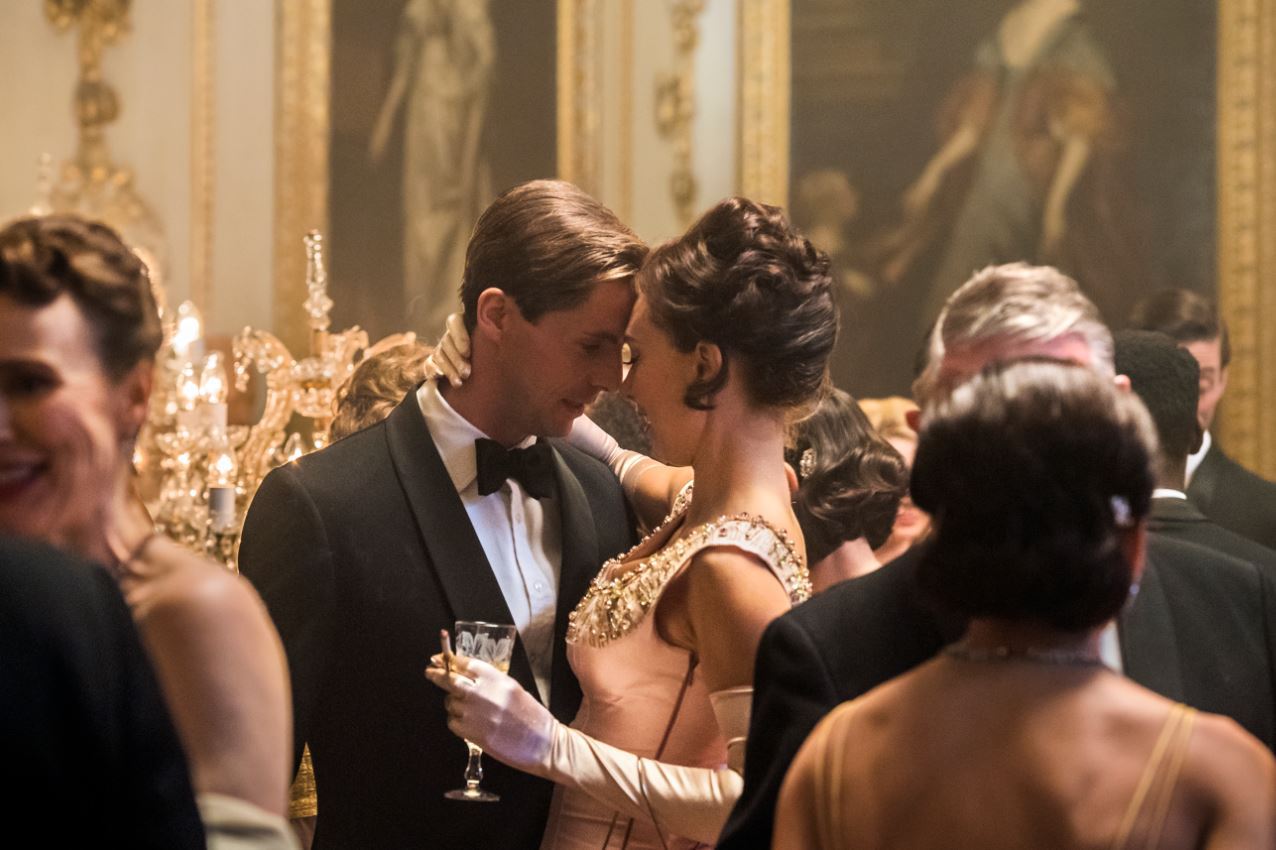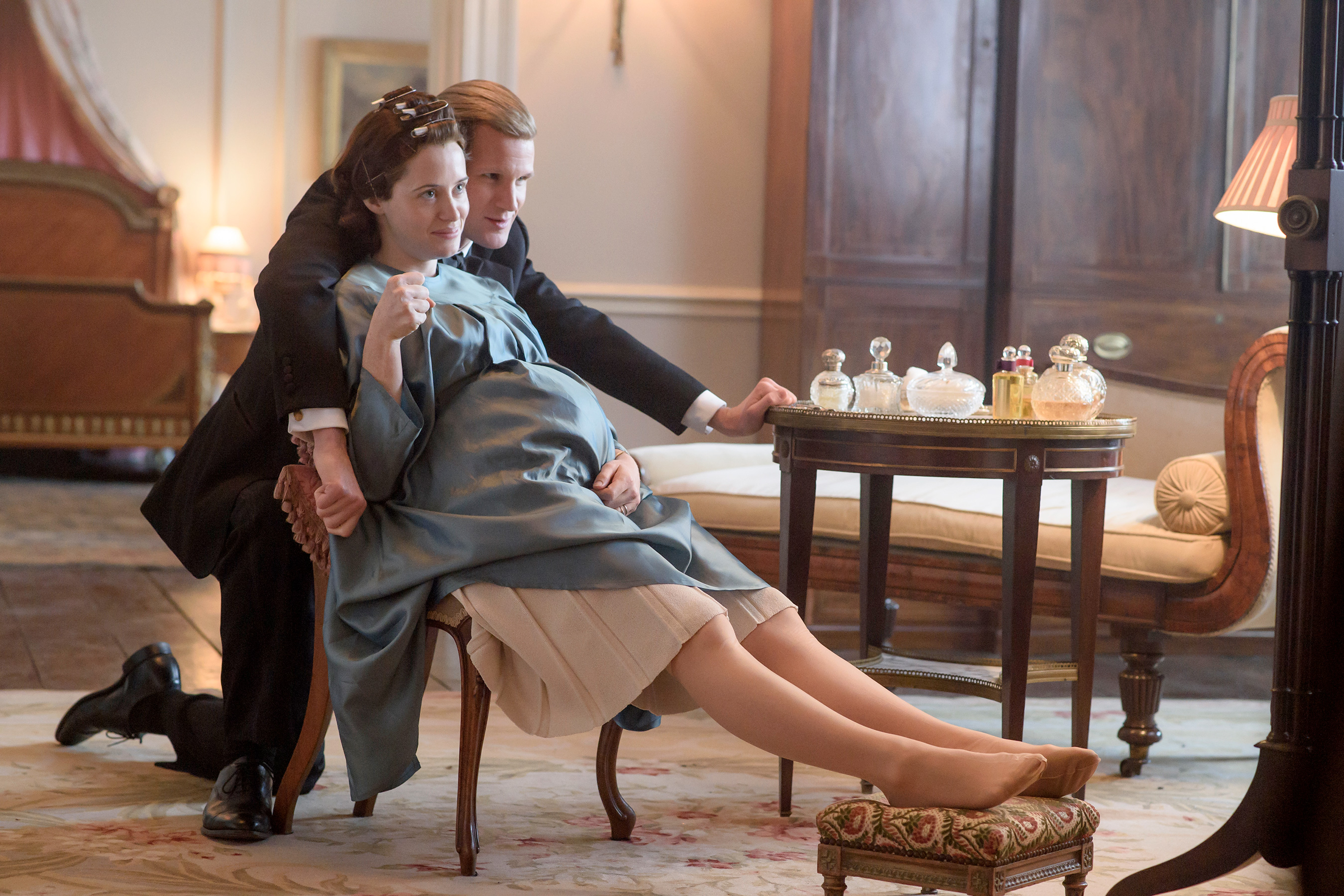Americans are fascinated with the British. Although the United States was established because British subjects, known later as Americans, rebelled against the British monarchy, Americans, for the most part, harbor no ill feelings against their former rulers. In fact, they have been going gaga over the British monarchs for quite some time. In recognition of the American obsession, Netflix has created a show that delves into the lives of the British Crown so revelers can get their fix at least once a week.
Netflix has been broadcasting “The Crown” for three seasons now. It documents the establishment of the British Crown we know today, beginning with the appointment of King George VI, “Bertie,” among the family members and friends who featured in the series.
https://www.youtube.com/watch?v=ME2umFQ_xBA
King George VI became king after his older brother, Prince Edward, abdicated the throne. Prince Edward wanted to marry his mistress, Wallis Simpson, a divorcee who was in the process of divorcing her second husband, and once he found out he could not marry Simpson and remain on the throne, he abdicated.
The show provides identities for the faces of the British monarchy, identities perhaps not known until watching the series. As an ardent follower of British culture and the monarchy, I cannot say I was familiar with the stories it highlights.
Of course, you cannot view the show in the guise that it is the Bible for the stories that are unfolding. Nobody can ever know precisely how the conversation between Queen Elizabeth II and Princess Margaret went when Queen Elizabeth II informed her only sister she could not marry the love of her life. However, you can appreciate the dramatization and creativity with which such a scene is depicted.
Writers of “The Crown” tactfully take historical facts and expand them for what their origins could be. For instance, viewers know Winston Churchill served as prime minister under the reign of King George VI and Queen Elizabeth II before retiring. Yet, viewers do not know the conversations he had with the cabinet or his reaction upon seeing the portrait painted of him in recognition of his retirement. It is fascinating to get to see the thought processes of the British figures people have wondered about for centuries.

Queen Elizabeth II, portrayed by actress Claire Foy, must learn how to truly be the sovereign of England when her father dies from lung cancer. For the first time, as she determines how to navigate her new position, the Queen is seen not just as the woman who wears the crown, but as Lillibet.
The show allows her to be depicted not only as the decorated, adorned face who is featured on postcards, but also as a person whose life is twisted upside down. The young Queen Elizabeth II does not want to be in the limelight, just as her father did not. Yet, for the sake of her country, for the sake of the crown and for the continual urge to maintain “duty,” Queen Elizabeth II has no choice except to become the next monarch.
The work the queen did to prepare for her new role is something one would not think of. Considering how little the public knows about the monarchs, it is easy to dismiss them as always sitting on their million-dollar chairs and eating their carefully prepared food with golden utensils. Yet, the show portrays a different side of Elizabeth. No one can know for certain what occurs behind closed doors, just like the life of any celebrity. However, taking evidence of the queen and other figures’ traits and elaborating on stories about them not only makes for interesting television, but it can also compel viewers to be more open-minded about the individuals whose existence has always been known and whose lives have not been transparent. The actions of each person are conceivable because of the common knowledge already established.
Queen Elizabeth II is shown as struggling to choose between her family and the crown. In the Netflix series, her marriage, from the beginning, faces predicaments because of Prince Phillip’s desire to have time in the sun as much as his wife does. He struggles to accept his wife’s superior position of power and his inability to assert a role of his own.
Most of the time, the queen has no choice except to make choices that would benefit the country as a whole rather than the man she sleeps next to each night or the children she raises. She visits countries all over the world in order to maintain positive foreign relations and, in the process, must often leave her children, Prince Charles, Prince Anne, Princes Andrew and Prince Edward, with governesses and nannies.
Queen Elizabeth II made a weighty sacrifice as a mother. She had to leave the raising of her children to others, and, as the series suggests, she had disagreements with her husband about when such a separation should occur. Prince Philip of the Crown wanted to establish a family that was normal, or at least as normal as the monarchy would allow.
The Queen did not have the opportunity to see her children take their first steps or to walk to the grocery store with her husband. Rather, she had to do her duties and live in the way her country demanded of her, even if they disapproved of her lavish lifestyle.
Queen Elizabeth II, with the help of the detailed stories “The Crown” demonstrates, becomes someone viewers can empathize with far more than they ever could before. She too was once a young woman trying to establish her own identity as a mother, wife and overall person, but she was thrust into a life she never asked for.
















